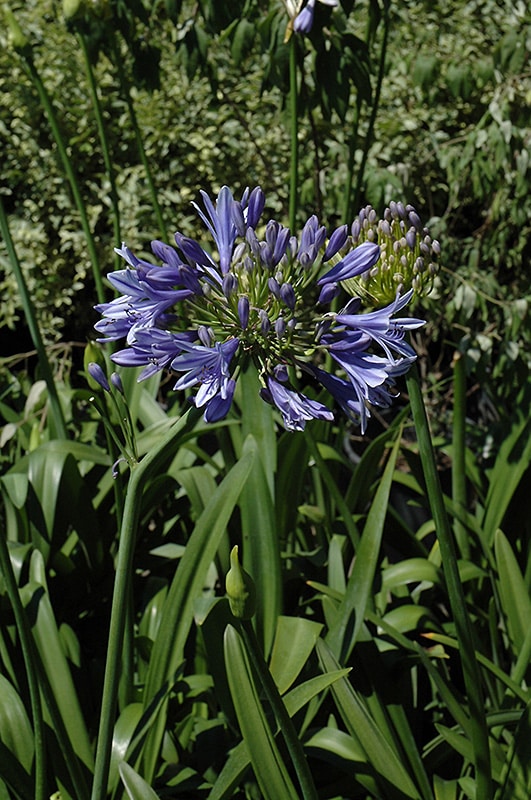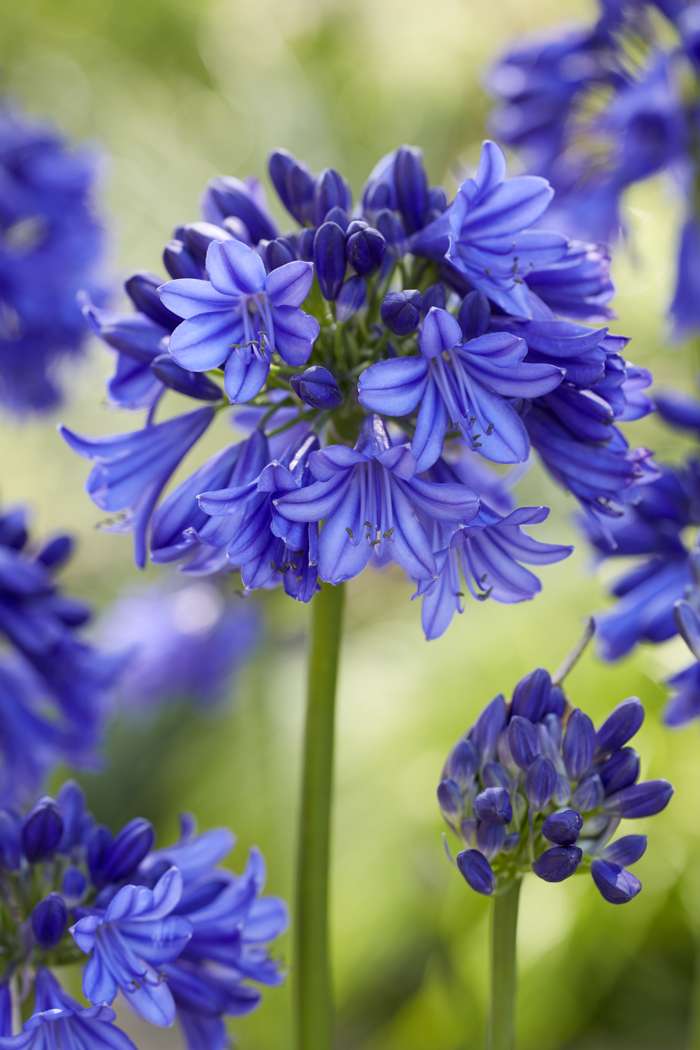Agapanthus Growing Problems: Dirt, Sunlight, and Watering
Agapanthus Growing Problems: Dirt, Sunlight, and Watering
Blog Article
Releasing the Secret to Effective Agapanthus Farming: Tips and Techniques for a Flourishing Yard
In the realm of gardening, growing agapanthus efficiently requires a tactical method that includes different aspects of plant treatment. With cautious interest to information, one can unlock the tricks to nurturing these spectacular flowers, causing a yard that grows with appeal and vibrancy. By recognizing the subtleties of agapanthus growing, one can produce an atmosphere where these plants flourish and bloom abundantly. In the following conversation, we will certainly check out necessary ideas and techniques that will guide you in the direction of a prospering agapanthus yard, using insights into ideal methods, soil conditions, sprinkling strategies, and a lot more.
Planting Agapanthus: Best Practices
When growing Agapanthus, appropriate dirt prep work is important for making certain successful growth and growth of these stunning flowers. Agapanthus, generally understood as Lily of the Nile or African lily, flourishes in well-draining dirt with a somewhat acidic to neutral pH level - Agapanthus. Prior to planting, it is crucial to change hefty clay dirts with organic issue such as compost or peat moss to enhance water drainage and offer crucial nutrients for the plants
To plant Agapanthus, choose a location that gets full sunshine to partial shade, as this will certainly promote healthy and balanced growth and abundant flowering. Dig an opening twice the diameter of the plant's root sphere and place the Agapanthus at the exact same deepness it was formerly expanding. Delicately backfill the hole with dirt, pushing down securely to eliminate any air pockets around the roots.
Water the freshly grown Agapanthus completely and remain to maintain the soil uniformly wet, especially during the plant's energetic expanding period. Agapanthus. Applying a well balanced fertilizer once a month can additionally support the plant's growth and blooming. By following these ideal practices for growing Agapanthus, you can create a spectacular display screen of these exciting blossoms in your yard
Ideal Soil Conditions for Agapanthus
For optimum development and growing success of Agapanthus plants, making certain the dirt problems are suitable is vital. Agapanthus likes dirt that is rich in nutrients, so incorporating a balanced plant food throughout the growing season can advertise healthy and balanced development and dynamic blooms.

Watering and Fertilizing Tips
To guarantee healthy development and lively blooms, proper watering and fertilizing techniques are vital for effective Agapanthus farming. Agapanthus plants profit from normal watering, specifically throughout the expanding season. It is recommended to water deeply once a week, guaranteeing the soil is moist however not soaked. Throughout heat or in pots, even more constant watering might be essential to avoid the dirt from drying out entirely.
When it concerns feeding Agapanthus, a balanced fertilizer with equivalent components nitrogen, phosphorus, and potassium can be applied in the spring to advertise healthy development and flowering. Slow-release plant foods are ideal for offering nutrients gradually over an extensive period. Stay clear of over-fertilizing, as this can cause click this site extreme foliage development at the cost of blooms.
Additionally, including natural matter like compost into the dirt can improve nutrient levels and boost soil structure, helping in the overall wellness of the Agapanthus plants. By complying with these watering and fertilizing pointers, gardeners can ensure their Agapanthus plants flourish and generate spectacular screens of flowers.
Trimming and Deadheading Techniques
Appropriate trimming and deadheading strategies play a vital duty in preserving the wellness and looks of Agapanthus plants, complementing the essential methods of watering and feeding for successful farming. Trimming Agapanthus involves eliminating invested flower heads, dead or yellowing fallen leaves, and general shaping of the plant to advertise better growth. Deadheading, the procedure of removing faded blossoms, not only improves the plant's look however additionally encourages additional growing.
When deadheading Agapanthus, it is recommended to trim off the blossom stem at the base using sharp, clean shears. This process reroutes the plant's power from seed production back into origin and vegetation growth, promoting a healthier and more robust plant. Routine deadheading can expand the growing period of Agapanthus and avoid self-seeding, which can bring about congestion.
In regards to trimming, Agapanthus generally gain from a light trim after flowering to clean the plant and encourage fresh growth. Cutting down the spent flower stems and removing any dead or damaged vegetation assists preserve the plant's vigor and total look. Nevertheless, it is necessary to stay clear of reducing right into the crown of the plant, as this can weaken its health and wellness.

Protecting Agapanthus From Vermins and Diseases
Applying reliable insect and illness monitoring approaches is essential to securing the health and vigor of Agapanthus plants in growing. Agapanthus are normally hardy plants, yet they can still succumb numerous parasites and illness otherwise appropriately looked after. One typical bug that influences Agapanthus is the Agapanthus borer, a caterpillar that passages right into the plant, triggering damage to the fallen leaves and blossoms. To avoid invasions, normal examination of the plants is vital. If borers are found, they can be by hand removed, or insecticidal soap can be utilized as a control measure.
In enhancement to parasites, Agapanthus are at risk to diseases such as root rot and fungal leaf places. By staying watchful and addressing parasite and condition concerns without delay, garden enthusiasts can assist their Agapanthus thrive and thrive.

Final Thought
Finally, successful cultivation of agapanthus needs appropriate growing strategies, optimal dirt conditions, sufficient watering and fertilizing, normal trimming and deadheading, and security from insects and illness. By following these techniques and tips, garden enthusiasts can make certain a prospering yard loaded with attractive agapanthus blooms. find more info Agapanthus. Remember to keep constant care and focus to information to advertise the health and wellness and durability of these magnificent plants
When planting Agapanthus, proper soil preparation is essential for making certain effective growth and development of these gorgeous blossoms.Water the newly grown Agapanthus completely and proceed to keep the dirt evenly damp, especially during the plant's description active growing period.For optimal growth and growing success of Agapanthus plants, ensuring the dirt conditions are optimal is essential. When transplanting or planting Agapanthus, guarantee the soil is well-prepared to supply the necessary structure for the plants to establish themselves successfully. One usual bug that impacts Agapanthus is the Agapanthus borer, a caterpillar that tunnels into the plant, causing damages to the fallen leaves and flowers.
Report this page